Drawing the human body combines art and science in a fascinating way. Artists and medical students have used anatomical drawings for centuries to learn about muscles, bones, and organs. These detailed illustrations help us see beneath the skin and understand how our bodies work.
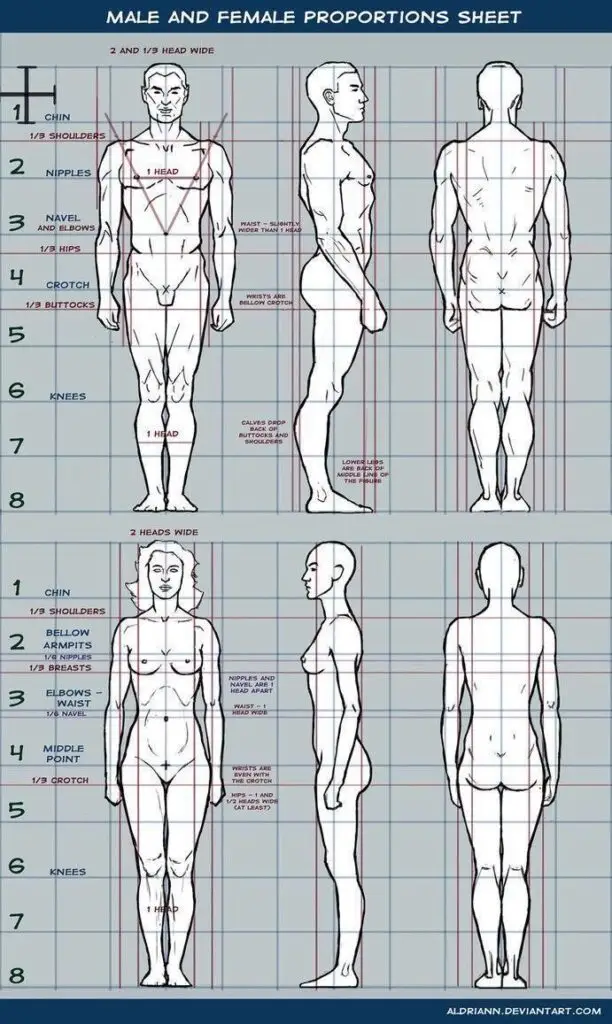
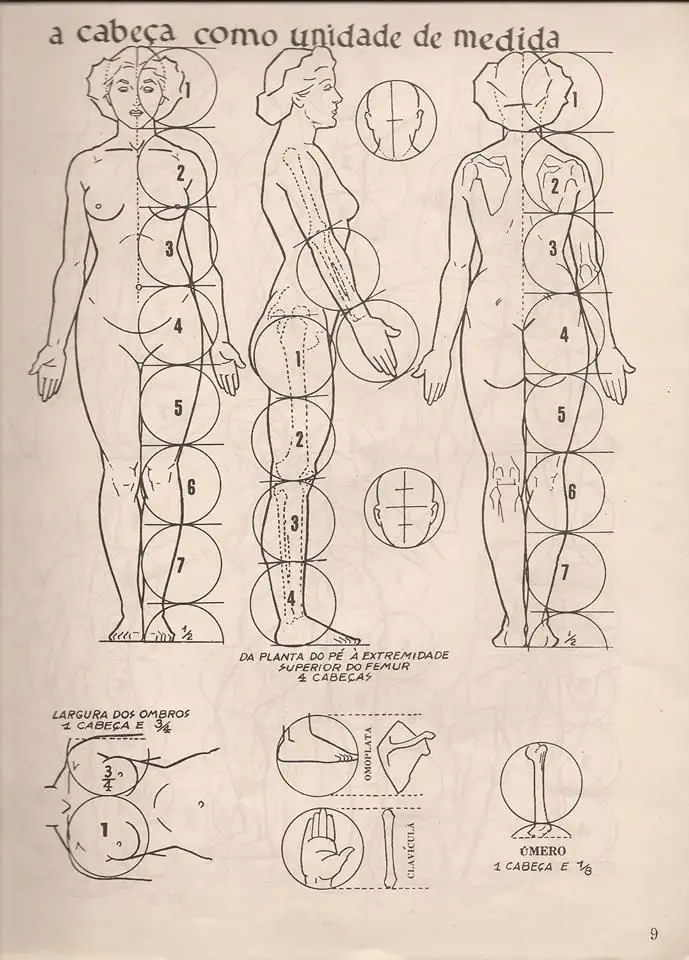
Creating accurate anatomical drawings requires both artistic skill and deep knowledge of human anatomy. We need to know how muscles connect to bones, how joints move, and how organs fit together. This knowledge helps us make drawings that are both beautiful and scientifically accurate.
Looking at historical anatomical drawings shows us how our understanding of the human body has grown over time. From Leonardo da Vinci’s famous sketches to modern digital illustrations, these drawings teach and inspire new generations of artists and medical professionals.
Key Takeaways
- Anatomical drawing combines artistic techniques with scientific accuracy
- Drawing the human body helps us learn about muscles, bones, and internal structures
- Medical illustrators create detailed drawings that aid in teaching and learning anatomy
Foundations of Anatomical Drawing
Drawing the human body requires both artistic skill and scientific knowledge. When we learn anatomical drawing, we combine our understanding of body structures with careful observation of proportions.
Understanding the Human Body

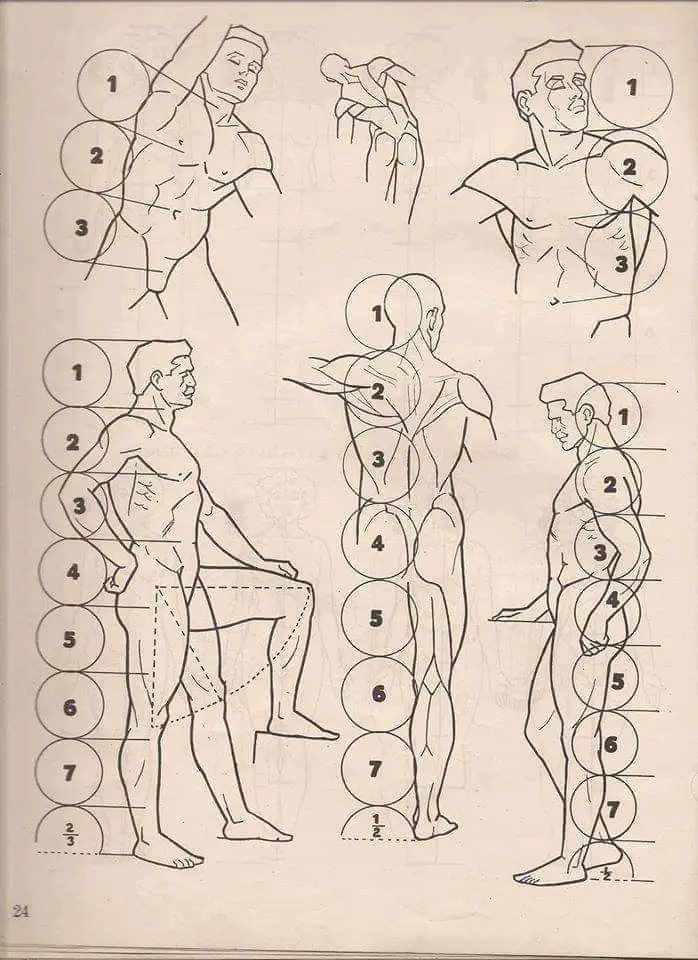
The human body has many layers we need to learn. We start with the skeleton as our foundation, which gives us the basic structure. Muscles attach to these bones and create the shapes we see on the surface.
I’ve found that studying male and female anatomy separately helps us notice key differences. Men tend to have more angular features and visible muscle definition. Women typically show more curved lines and softer transitions between forms.
When we draw, we break down complex forms into simple shapes first. A torso becomes a series of blocks, while limbs start as cylinders.
The Role of Proportions in Anatomy
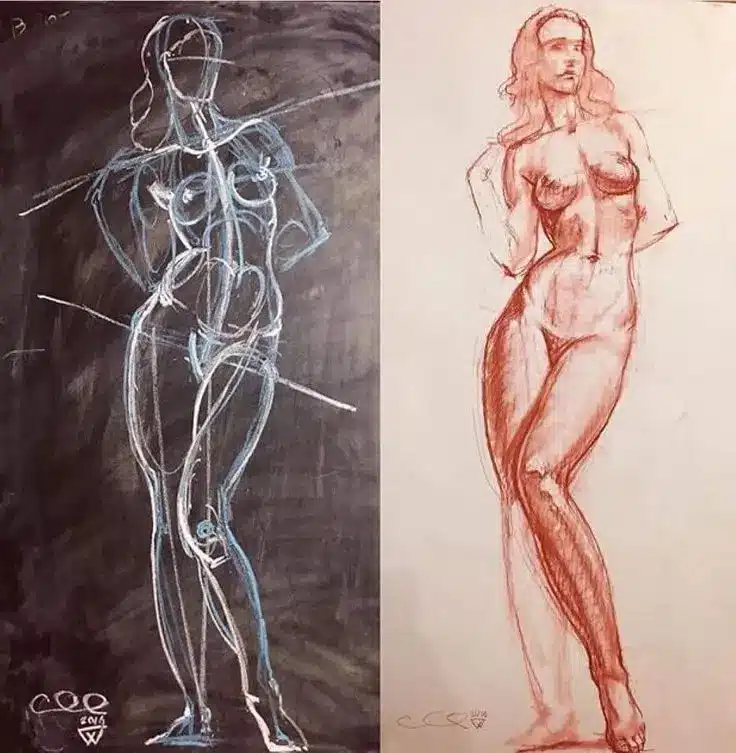
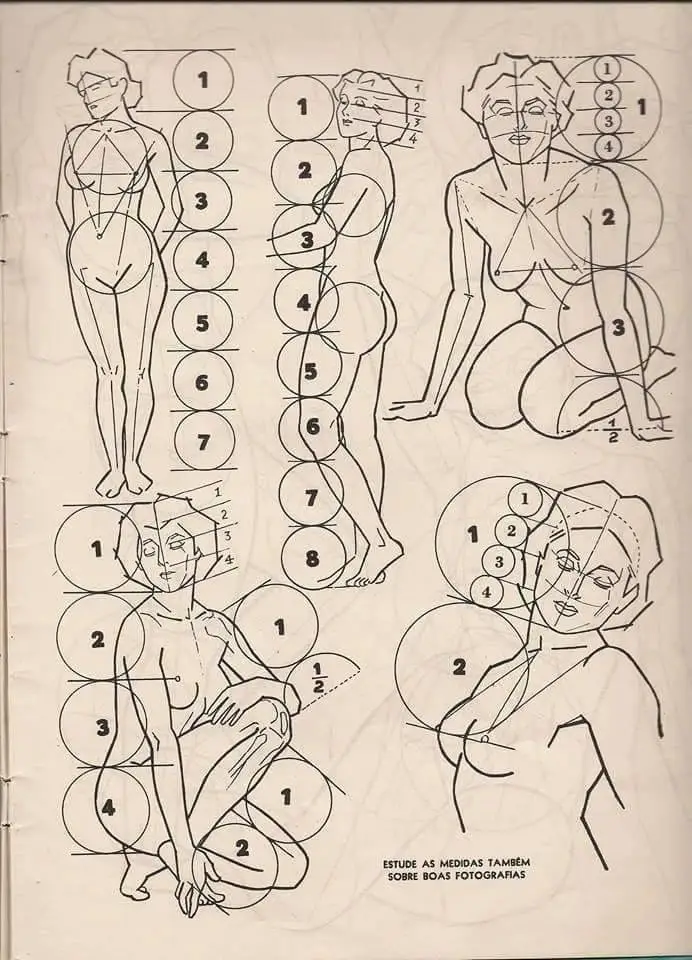
Proportions help us create believable human figures. The average adult body is about 7-8 heads tall, with the shoulders roughly 3 heads wide.
We use these basic measurements as guides:
- The elbow reaches the waist
- The wrist falls at mid-thigh
- The knee sits at the halfway point of the body
Getting proportions right makes our drawings look natural. Small shifts in these relationships can change how old or young a figure appears.
We practice measuring with our eyes and comparing body parts to each other. This skill takes time to develop, but it becomes natural with regular practice.
Techniques for Anatomical Illustrations
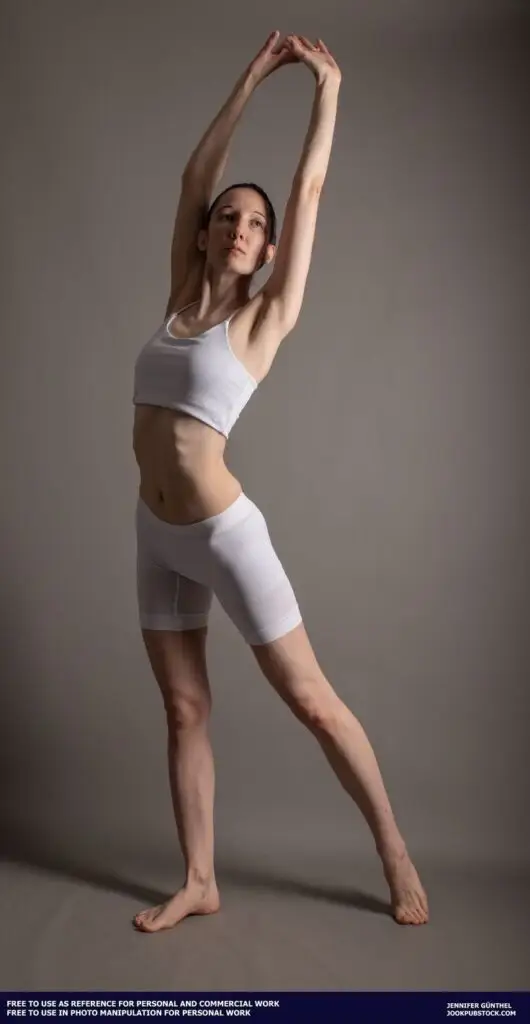

Drawing the human body takes skill, practice, and careful observation. Artists need a mix of techniques to capture both the details and movement of human anatomy accurately.
Gesture Drawing Essentials
Quick, loose sketches help us capture the flow and energy of the human form. We start with basic shapes and lines that show movement and position.
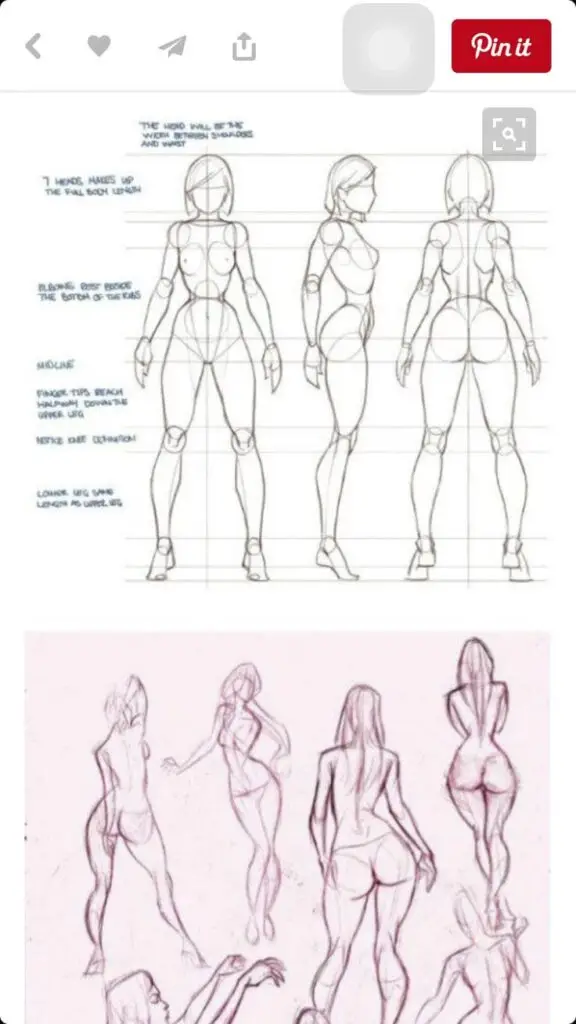
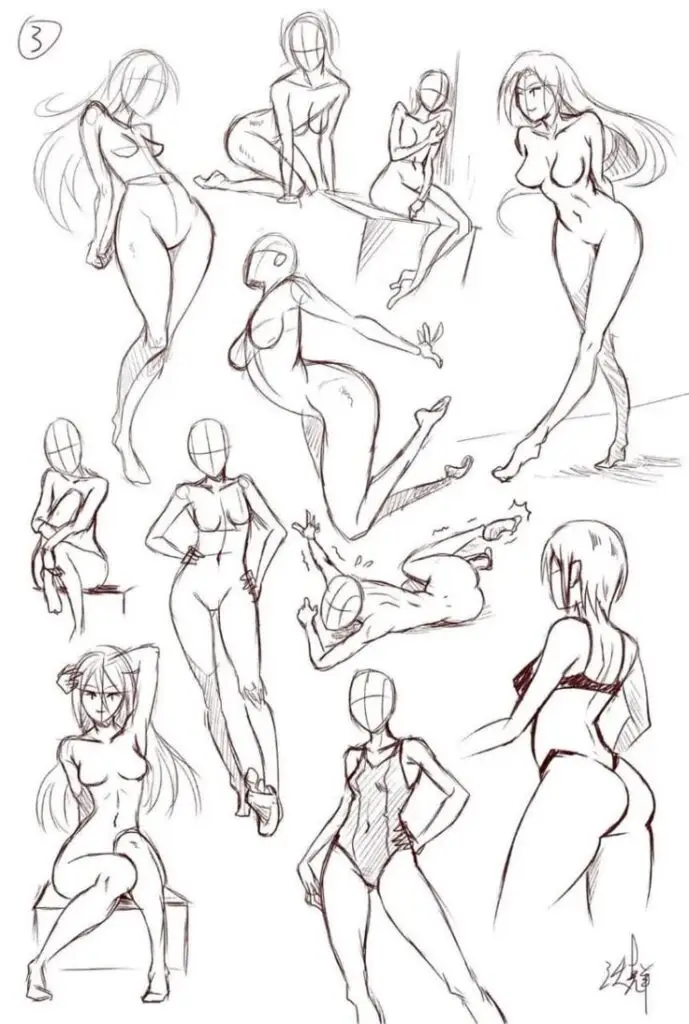
When drawing gestures, we focus on the spine’s curve and major body masses. A simple C or S curve can show the body’s weight shift.
Simple stick figures work great for practice. We use light, flowing strokes and keep our hand moving without getting stuck on details.
Key practice tips:
- Set a timer for 30-second sketches
- Draw the whole figure at once
- Focus on flow, not perfection
- Use simple lines and shapes
Mastering the Art of Figure Drawing
Figure drawing builds on solid shapes and proper proportions. We measure the head size and use it as a unit – most adults are 7-8 heads tall.
The body divides into basic forms: the rib cage is an egg shape, the pelvis is a bowl, and limbs are cylinders. We connect these shapes to create a foundation.
Important measurements:
- Shoulders: 3 head widths
- Hips: 2 head widths
- Knee: halfway down the leg
- Elbow: at waist level
Drawing the Human Form in Motion
Motion brings our anatomical drawings to life. We look for the lines of action that flow through the body.
Weight distribution changes with movement. We show this by drawing the center of gravity and how the body balances.
Dynamic poses need:
- Clear weight shifts
- Natural curves
- Flowing lines
- Balanced proportions
We practice drawing people in everyday actions like walking, reaching, or sitting. This helps us understand how muscles and joints work together.
Musculature and Surface Anatomy
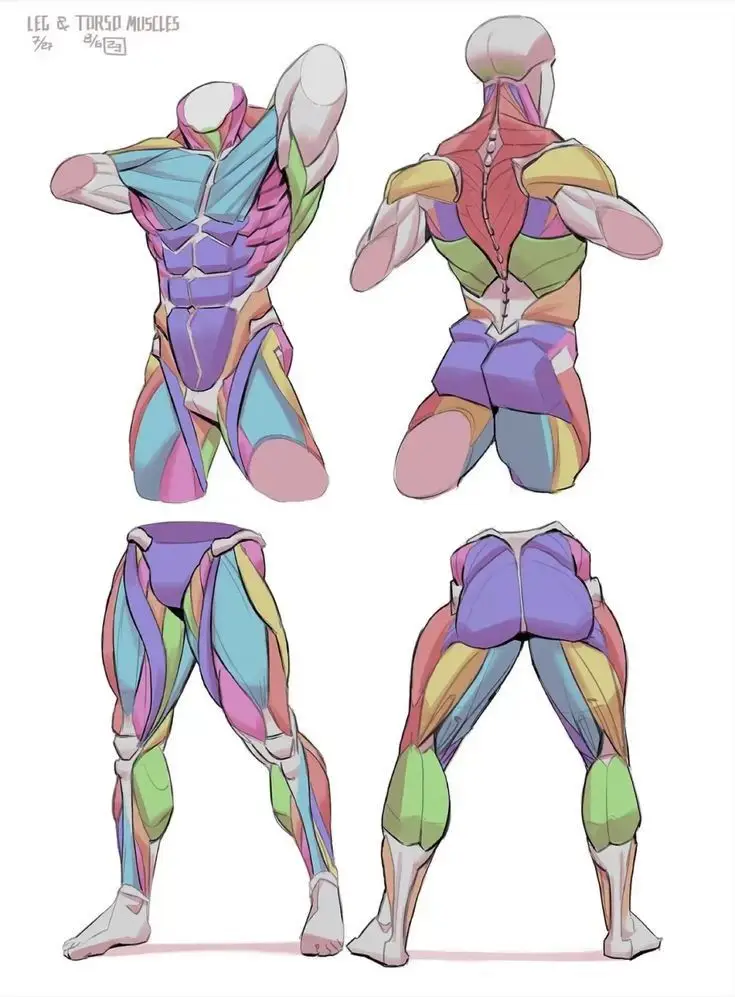
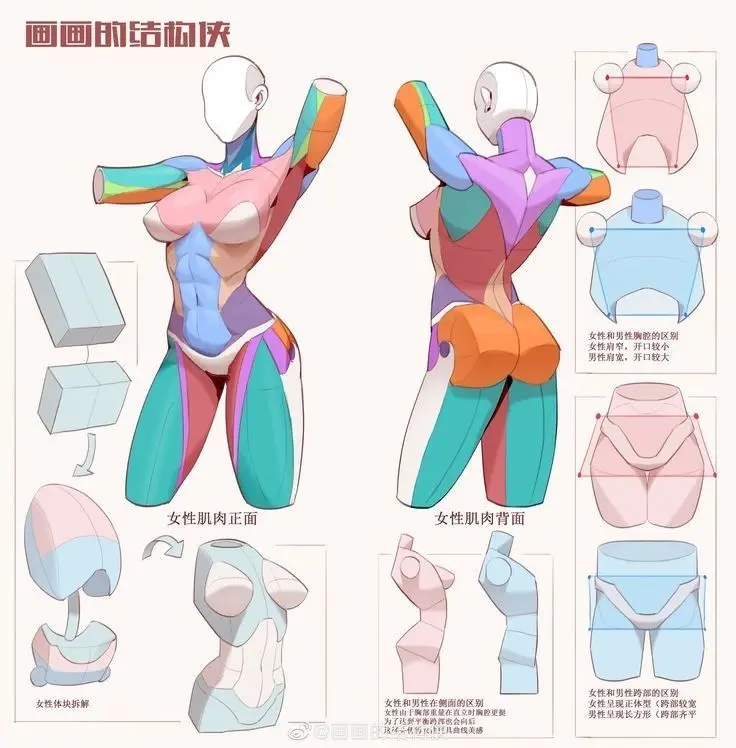
Drawing muscles accurately brings life and movement to anatomical artwork. The way muscles connect and flow across the body creates the foundation for realistic human figures.
Identifying Key Muscles for Artists
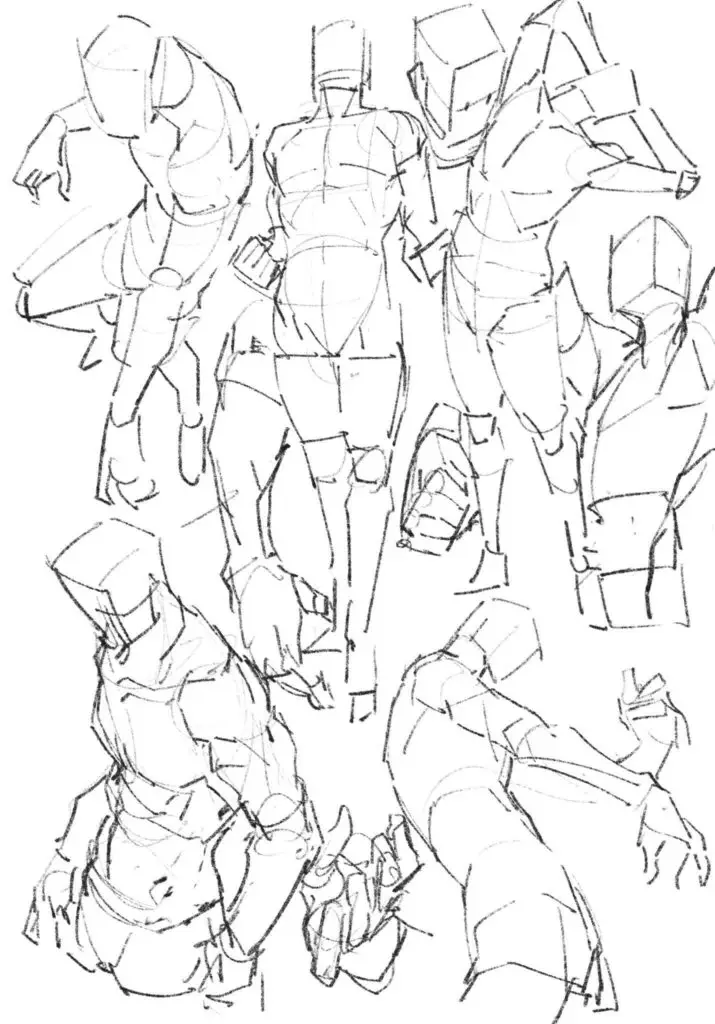

When we draw the human body, we need to focus on major muscle groups that define the form. The deltoids create rounded shoulders, while the pectorals shape the chest.
The biceps and triceps give arms their distinctive curves. Pay special attention to how these muscles change shape during movement.
Back muscles like the trapezius and latissimus dorsi form a V-shape that’s essential for capturing proper proportions. The abdominals create a grid-like pattern on the torso.
We can simplify leg muscles into three main areas:
- Quadriceps in front
- Hamstrings in back
- Calves below the knee
Sculpting the Body Through Shading
Light and shadow help us show how muscles wrap around bones. We start with basic shapes and add darker values in the valleys between muscles.


Muscles catch light differently based on their shape. Round muscles like biceps have gradual shadows, while flat ones like the abs have sharper contrasts.
Cross-hatching works great for defining muscle separation. Use lighter pressure where muscles are more subtle, and darker marks where they’re prominent.


Remember to keep highlights on the parts that stick out most. This creates that three-dimensional look that makes muscles pop off the page.
Details in Anatomical Drawing
Getting the details right in anatomical drawing requires careful observation and practice. Let’s explore some key techniques for capturing the most challenging features of the human body.
How to Draw Hands with Precision

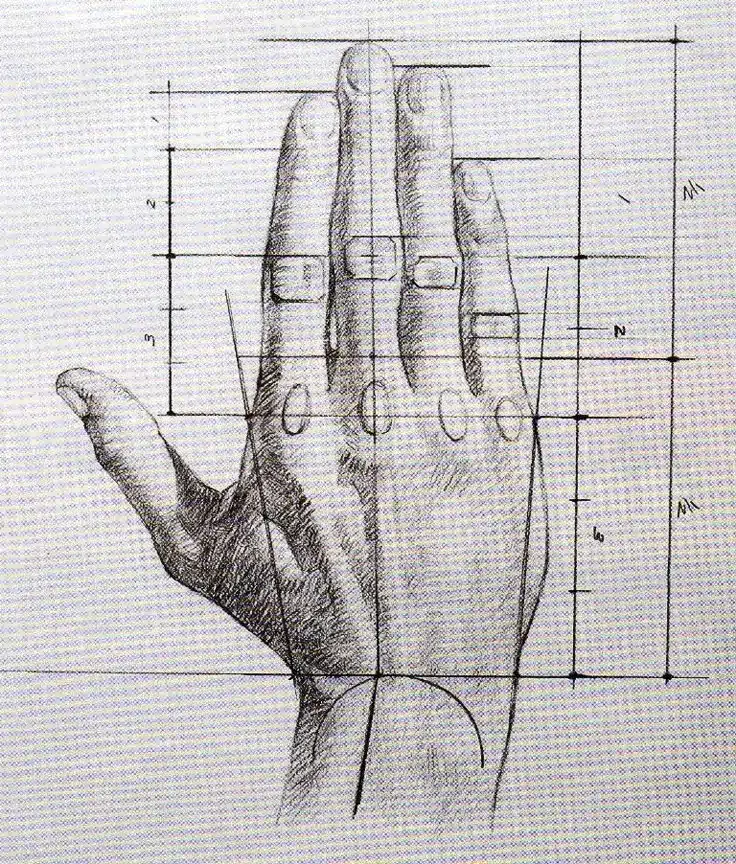
Drawing hands starts with basic shapes. We begin by sketching a square for the palm and cylinders for each finger. This helps us map out proportions before adding details.
The thumb is typically the width of two fingers and extends to the first knuckle of the index finger. We pay special attention to the creases and wrinkles, which give hands their character.
Key measurements to remember:
- Middle finger is longest
- Pinky is about half the middle finger’s length
- Palm is roughly square-shaped
- Knuckles form a curved line
Capturing the Human Eye
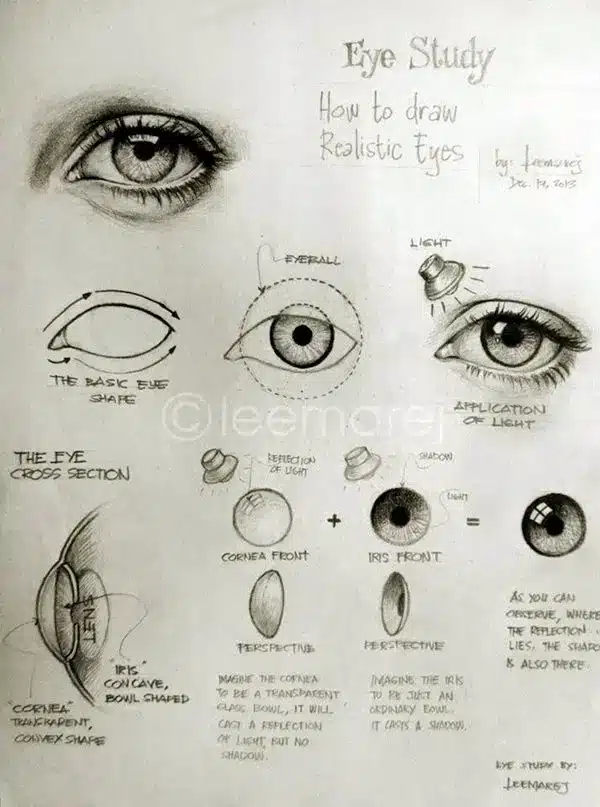
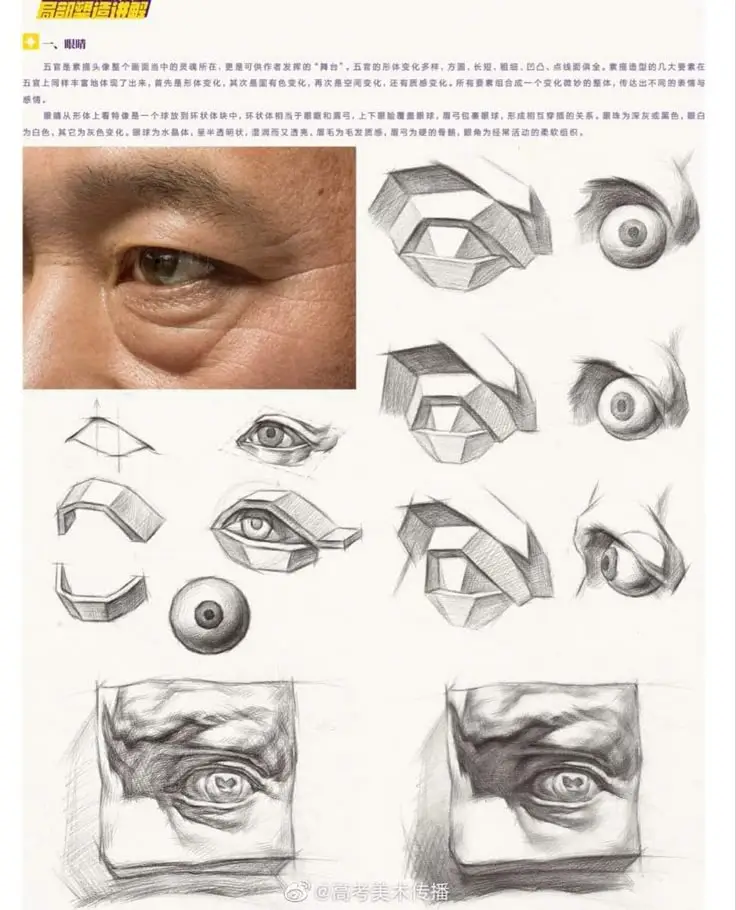
The eye’s basic structure follows the rule of thirds. We divide it into three sections: the tear duct, iris, and outer corner.
The upper lid casts a shadow on the iris, while the lower lid curves less dramatically. We add depth by drawing the cornea slightly protruding from the eye’s surface.
Essential eye elements:
- Iris sits partially under upper lid
- Lower lash line is lighter than upper
- White of eye isn’t pure white
- Pupils are perfectly round
Expressing Emotions and Features

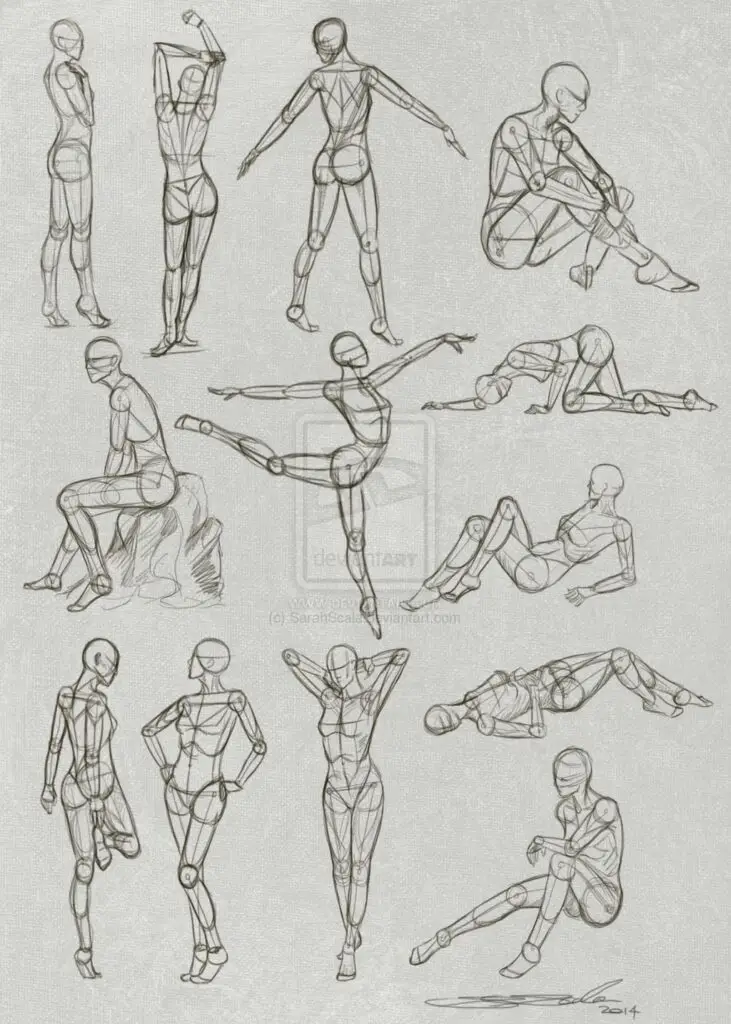
Small changes in facial muscles create big differences in expression. We focus on the corners of the mouth and eyes to show emotion.
Laugh lines deepen with smiles. Eyebrows raise with surprise and furrow with concern. These subtle shifts tell stories about our subjects.
The nose flares slightly with strong emotions. Cheeks lift and create creases around the eyes during genuine smiles.
Expression indicators:
- Crow’s feet show age and emotion
- Dimples form in specific spots
- Lips thin when pressed together
- Nostrils expand with strong feelings
The Role of Medical Illustrators
Medical illustrators combine artistic talent with scientific knowledge to create detailed anatomical drawings that help doctors, students, and patients understand the human body.
Bridging Art and Science

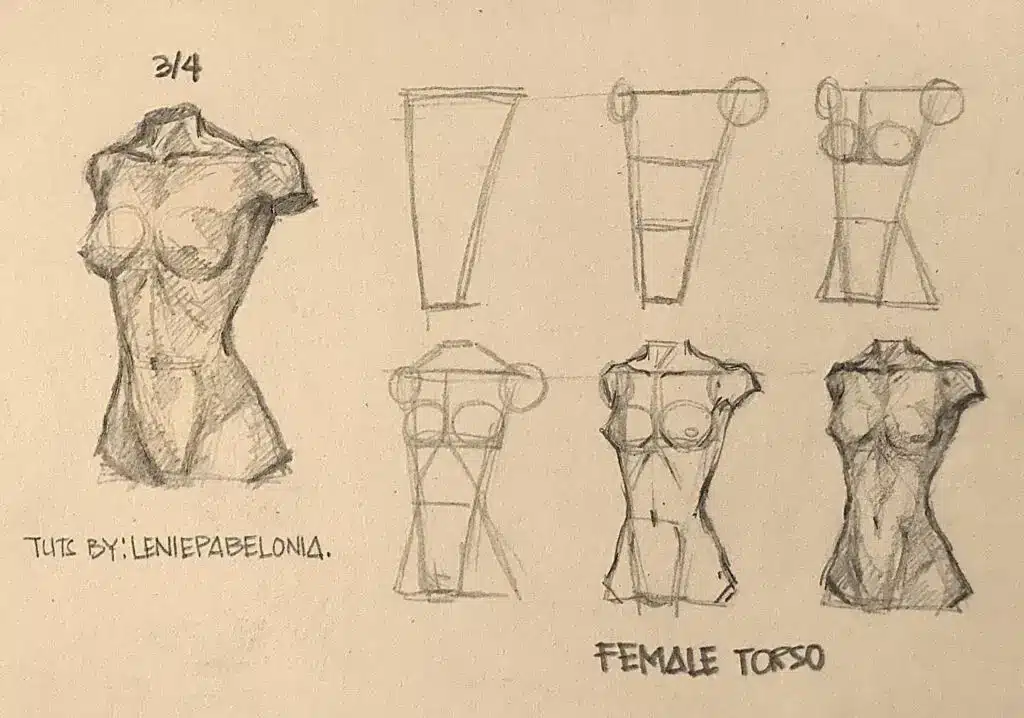
We rely on medical illustrators to transform complex anatomical details into clear, easy-to-understand visual guides. These skilled artists use traditional drawing methods and digital tools to show what’s happening inside the human body.
Their work appears in medical textbooks, patient education materials, and surgical planning guides. Each illustration requires careful attention to both artistic quality and medical accuracy.

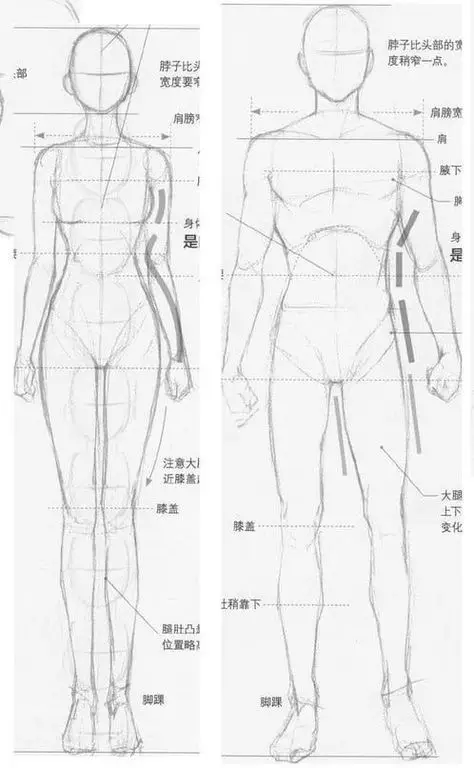
Medical illustrators must master human anatomy, physiology, and surgical procedures while developing their artistic skills. They learn specialized techniques to show layers of tissue, bone structure, and organ systems clearly.
Collaboration with Anatomy Experts
Medical illustrators work closely with doctors and anatomy experts to ensure every detail is correct. They attend surgeries, study medical imaging, and discuss procedures with healthcare teams.
During the creation process, illustrators share drafts with medical professionals who check for accuracy. This back-and-forth helps create illustrations that are both beautiful and scientifically precise.
The design process often involves multiple revisions as doctors suggest changes to make the illustrations more useful for their intended purpose. Whether it’s a textbook diagram or a surgical planning guide, each project requires careful teamwork.
Educational Resources for Anatomical Drawing

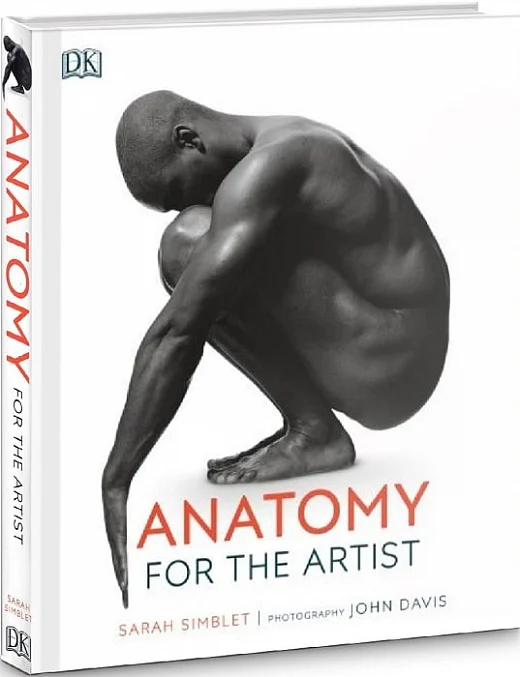
Learning human anatomy for art requires reliable and detailed reference materials. Many excellent resources help artists master anatomical drawing and create accurate representations of the human form.
Anatomy Textbooks and Atlases
Gray’s Anatomy remains a cornerstone resource for artists, with its detailed illustrations showing muscles, bones, and internal structures. We particularly value its clear labeling and multiple viewing angles of each body part.
Netter’s Atlas of Human Anatomy offers colored illustrations that make it easier to distinguish different anatomical structures. The visual approach helps us understand how tissues connect and overlap.
Artists can benefit from Stephen Rogers Peck’s “Atlas of Human Anatomy for the Artist.” It breaks down complex anatomy into simple shapes we can easily draw.
Digital Tools and Online Platforms

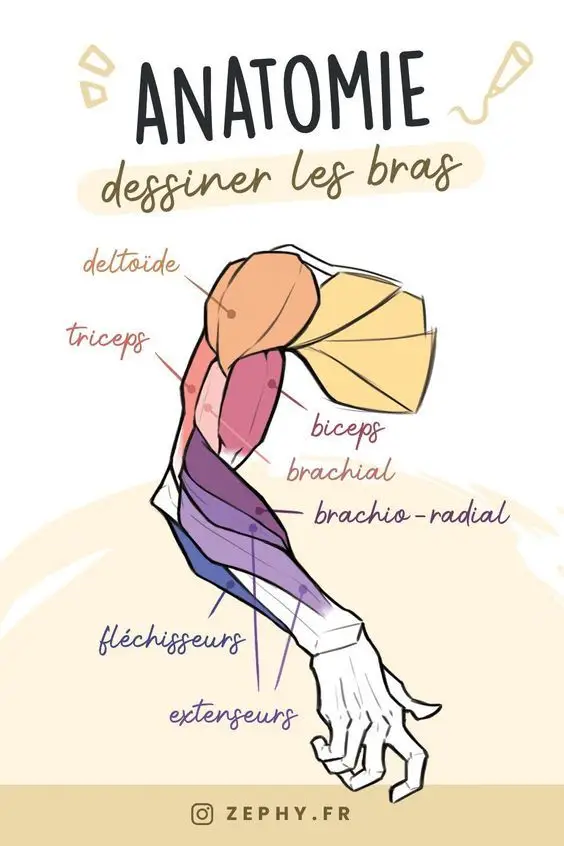
KenHub provides interactive 3D models we can rotate and examine from any angle. Their quiz features help us memorize muscle attachments and bone landmarks.
Pixologic’s ZBrush and Anatomage offer digital anatomy models we can manipulate in real-time. These tools let us see how forms change with movement.
Free resources like SketchFab’s anatomy collection give us access to detailed 3D scans of real specimens. We can study these models alongside our traditional references.
Online courses through platforms like New Masters Academy include video demonstrations of anatomical drawing techniques matched with reference materials.
Integrating Anatomical Drawing in Animation
We find that anatomical drawing skills are essential for creating lifelike animated characters. The knowledge of human anatomy helps us bring more realism and natural movement to our animations.


When we animate characters, we need to understand how muscles and joints work together. This knowledge lets us draw realistic poses and movement that feel natural to viewers.
We start by sketching basic anatomical shapes before adding details. This approach helps us maintain proper proportions and body mechanics throughout the animation process.
Good anatomical drawing skills make it easier to create key poses in animation:
- Character walks and runs
- Dynamic action scenes
- Emotional expressions
- Natural body language
We’ve learned that studying real human movement improves our animation. By drawing live models and understanding body structure, we create more believable character motion.
Simple animation tests help us practice these skills:
- Basic walk cycles
- Arm and leg rotations
- Facial expressions
- Body weight shifts
Many professional animators keep anatomy sketchbooks for reference. These drawings help us remember important details about muscle groups and joint movement when working on projects.
We use digital tools to enhance our anatomical drawings in modern animation. Yet the core skills of understanding human form remain just as important as they were in traditional hand-drawn animation.
Advanced platforms of 3d human anatomy like VOKA now provide interactive visualization tools that allow animators to study complex anatomical structures in three-dimensional space, making it easier to understand how body parts move and connect during character development.
The Human Body’s Internal System
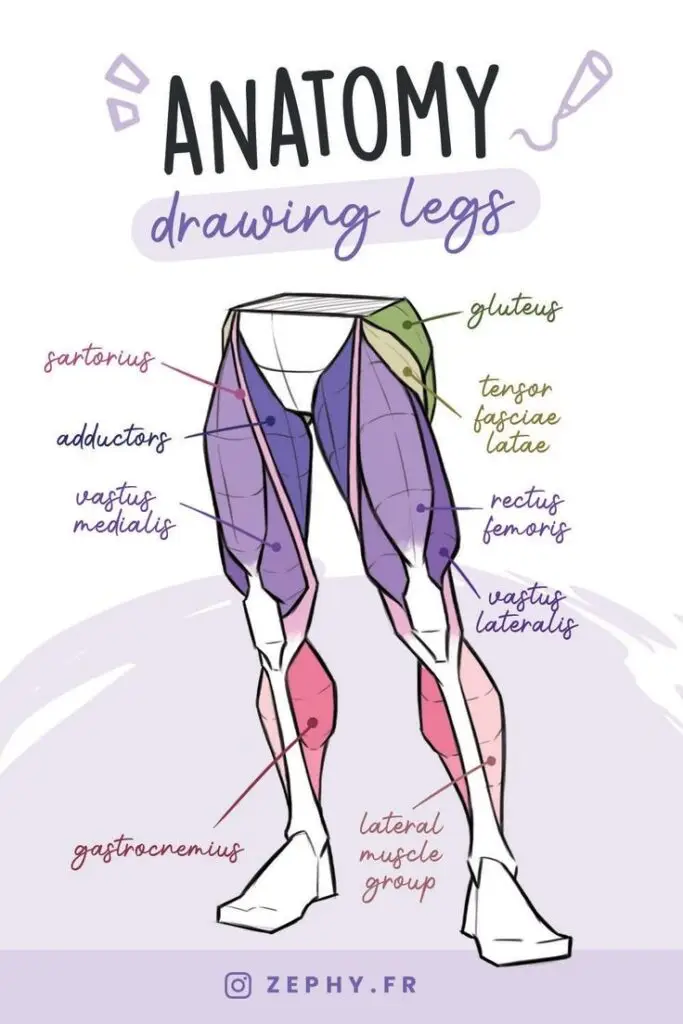

Drawing the internal systems of the human body requires careful attention to detail and understanding of organ placement. Let’s explore how to create accurate anatomical drawings that capture the complexity of our organs.
Drawing Organs and Their Functions
We need to start with the heart as our central focus. When drawing the heart, we place it slightly left of center in the chest, about the size of a closed fist.
The lungs wrap around the heart like protective wings. We draw them extending from just below the collarbone to the bottom of the rib cage.
The digestive system flows from top to bottom. We sketch the stomach beneath the left lung, while the liver sits on the right side under the diaphragm.
When drawing kidneys, we position them on either side of the spine, just below the rib cage. They’re shaped like beans and are about the size of a computer mouse.
The intestines fill the lower abdomen. We draw the small intestine in coiled loops, while the large intestine frames them in a squared U-shape.
Pro tip: Using light pencil strokes helps us map out organ positions before adding detail.
Remember to include blood vessels connecting our organs. Small lines and curves show how everything links together.
- 10.2Kshares
- Facebook0
- Pinterest10.2K
- Twitter0


